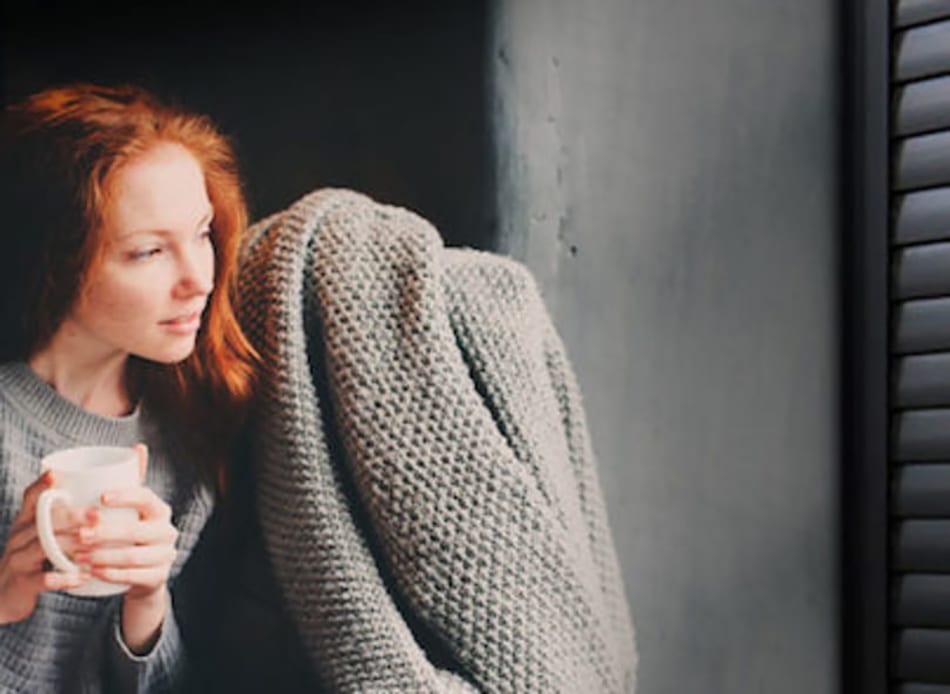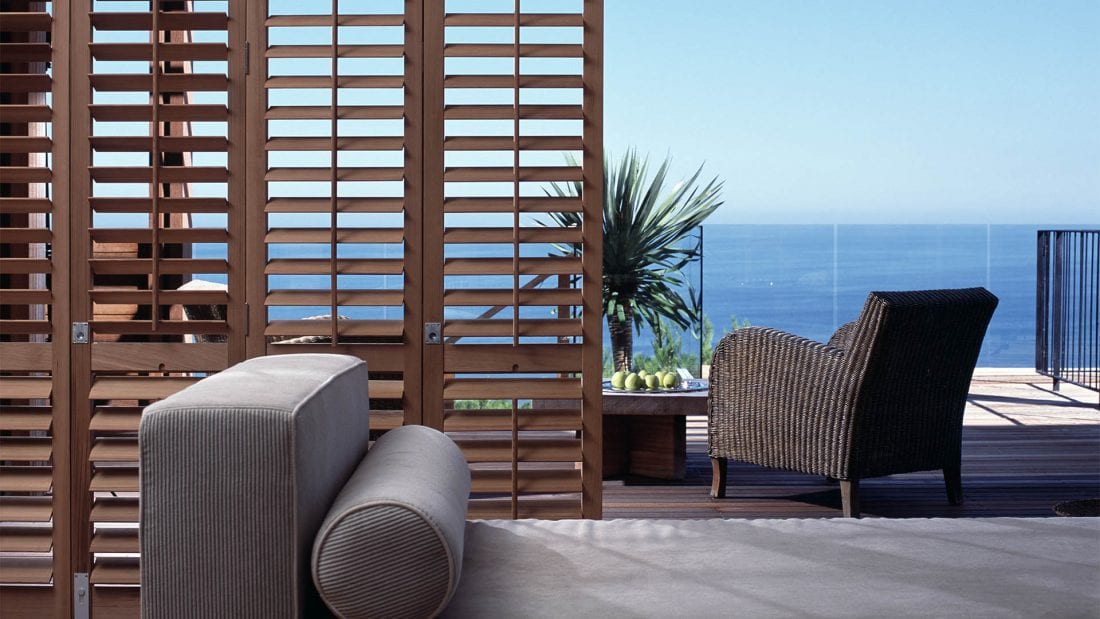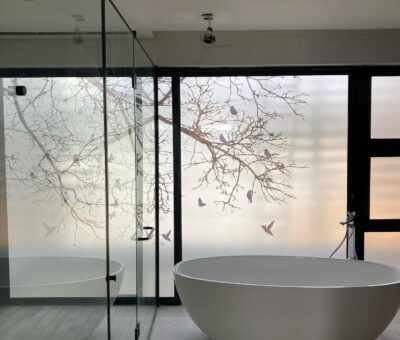Get Moody with American Shutters!
The effects of architecture and interior design on mood is not a new topic. From Vastu Shastra, the traditional Hindu system of architecture to Feng Shui, the Chinese system of spatial arrangement and energy flow, our built and decorated environments have for a long time been designed for mental health and prosperity.
However, you need not become a student or ardent follower of ancient systems. We asked our friends from American Shutters for some advice on designing a home for emotional wellbeing.
Here are a few principles to adhere to:
Colour
From language to fashion to interior design colour affects our emotions and mood. Warm colours such as shades of orange and yellow evoke creativity, inspire conversation and are a good palette for shared spaces. Cool colours such as blues and green calm and relax, while red is known to energise and excite. However, it is not that simple, subtle changes in tone and shade can change a colour’s overall impact i.e. a cool bright green will be less relaxing than a warm shade. Combining colours can balance the psychology of a space, for example, the grey, dusty blue and mustard palette of this mood board is the perfect balance for a comforting, warm, relaxing scheme.
Space
Studies show that low ceilings and small rooms can increase anxiety by making you feel trapped and claustrophobic, whereas large rooms with high ceilings, can make you feel more creative and improve your mood, but in some cases may overwhelm and intimidate. The ideal scenario is a generous space that allows for intimate settings i.e. a conversation nook or a dining area. If space allows it, using room dividers such as screens, large pieces of furniture or shutters will give you the best of both. “Shutters are so versatile and can be installed indoors to create separate areas when closed, or create an expansive open-plan scheme when opened,” says Karina Palmer, interior designer and marketing director of AMERICAN shutters.
Texture
What we feel, as in touch, in our décor also has an impact on our mood, soft rich textures comfort and please us while hard metallic textures strengthen and instil confidence. Natural materials such as wood are associated with health and balance.
“Our aluminium Security Shutters have a meticulous powder-coated finish. Their texture and streamlined design not only offers practical strength and security, but their texture and shape also creates a sense of security too,” says Karina. “Our Normandy and White Teak timber shutter ranges can be finished in a wide range of stains to show off the natural beauty of the wood, and bring a warmth and vibrancy to any interior design.”
Light
How a room is lit can also influence mood; rooms with lots of natural light generally make people happier and decrease anxiety. Poorly lit rooms with little or no natural light can be quite depressing, and if unavoidable should be used for bathrooms, storage etc.; spaces that are not used for long periods of time. Some people can feel anxious in rooms with lots of windows and doors, so design your space in a way that gives you complete control over the natural light of the room.
“Shutters give the homeowner ultimate control over the desired amount of natural light and privacy,” says Karina. ”Louvres and the shutter panels themselves can be opened and closed to meet the occupants desired mood; opened for maximum natural light and view to create a sense of freedom, or closed when they want a sense of security.”
Whether you use these guidelines or not, remember that interior design, just like our moods is intensely personal and unique to each of us. What is most important is that it works for you and your loved ones, and makes you feel at home.
For more visit American Shutters.
You might also like...
-
Dive into Summer: Window Art’s Guide to Hot Interior Trends 2023/24

Are you ready to dive into summer? Then keep reading for Window Art’s guide to hot interior trends 2023/24… As the temperature rises and summer ...
-
Transform Your Bathroom with Plantation Shutters

The Perfect Blend of Elegance, Style and Functionality Elevate your bathroom space with the sophistication and practicality of Plantation Shutters. These versatile window, door and ...
-
Transform Your Space with Cultural Fusion and Elegance: Discover the Beauty of Window Art

As Spring unfolds, it brings a vibrant tapestry of cultural celebrations and events worldwide. This fusion of cultures is reflected in the festivities and the ...
-
Froston: tinted or frosted window

The final frosting on top of a great design, tinted or frosted window can help take a design from purely beautiful to highly functional as ...
































